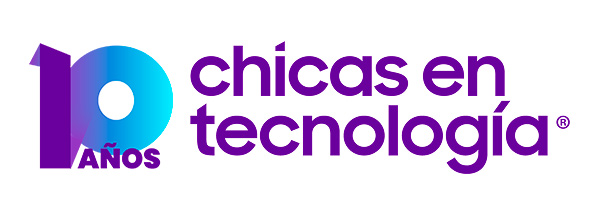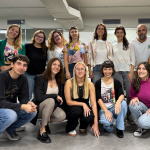Women in STEM: Data Calling For Action in the Region
Cultural advances in gender equality have been made in recent years; however, the world of technology still presents many challenges to overcome.
With the aim of generating evidence to drive change, Chicas en Tecnología (CET) — with the support of the NCR Foundation — presented the report “A Persisting Gap,” an analysis of university statistics in Argentina, Chile, Colombia, Mexico, Peru, and Uruguay. This study seeks to understand the trends in registration, enrollment, and graduation of women in technology degrees regionally. The report, in addition to providing a comparative analysis of the situation, includes a country-specific section that examines the particularities of each university system and national statistics.
Methodologies to Drive Change
To carry out this analysis, Chicas en Tecnología developed its own census methodology, which incorporates specific categories focused on programming-intensive and technology development degrees (electronic engineering, robotics, biotechnology, and hardware design and development, among others). This approach made it possible to identify gender inequalities in the university system more clearly and to compare statistics between countries in the region.
According to Milagros Giménez, CET’s Research Leader, “This is not a problem of a single country but a structural challenge we face in the region.”
The Data Reveals
The report highlights that, although women represent more than 50% of total university enrollment in the countries analyzed, their participation in technological disciplines remains low.
- Regional Map: Uruguay leads with 42.6% participation of women in STEM degrees, followed by Argentina and Colombia. Peru and Chile have the lowest rates, with 28.9% and 29%, respectively.
- STEM Degrees: Female participation varies between 28.9% and 42.6%. In areas such as natural sciences, mathematics, and statistics, it exceeds 50% in several countries. However, in information and communication technologies (ICT), it does not exceed 23%.
- Programming-intensive: female participation is even lower, between 11.1% and 22.6%.
- Technology development: their participation ranges from 14% to 28.1%.
A Call for Action
Thinking about inclusive and diverse technology is not only a matter of rights but a strategic opportunity to foster innovation and generate solutions that benefit society as a whole. Incorporating people from different contexts into the creation of technological solutions provides new perspectives, approaches, and answers to global challenges. In other words, incorporating more women into the technology sector means investing in the future of the region.
From family and educational environments to the transformation of university and work systems, all actors in society must work collectively to achieve a profound cultural change.
The first step is to have reliable information.
Read the full report here. Without data, reality cannot be changed.






